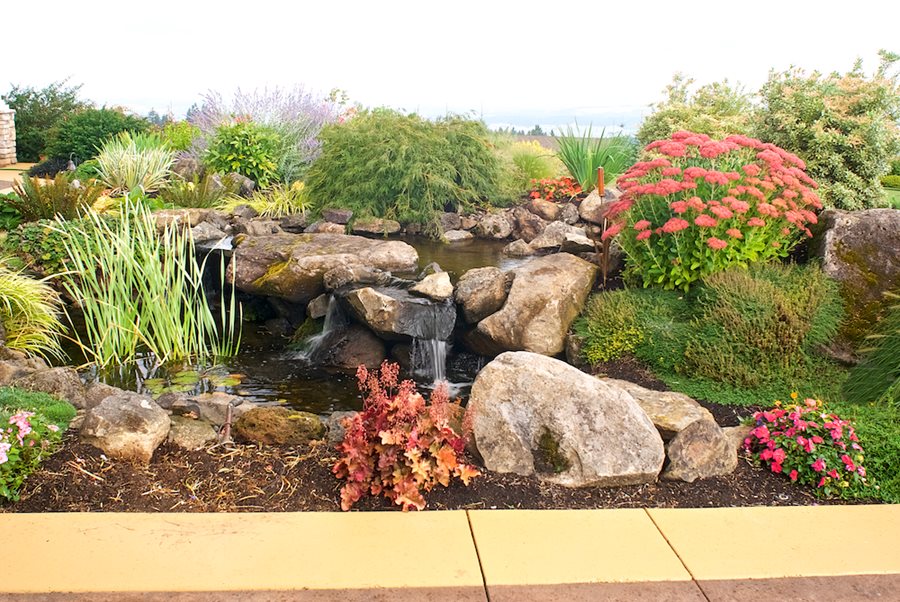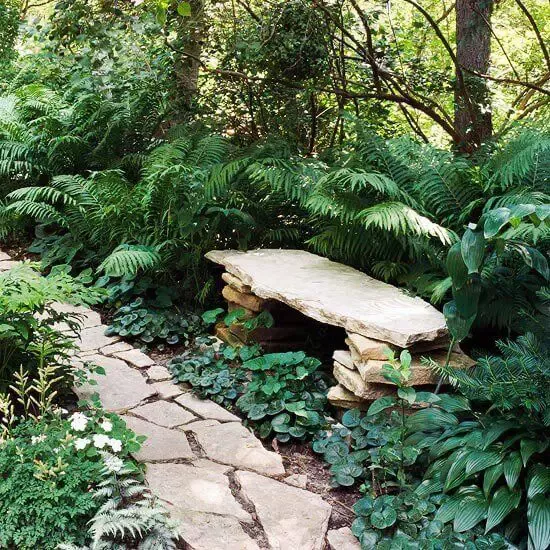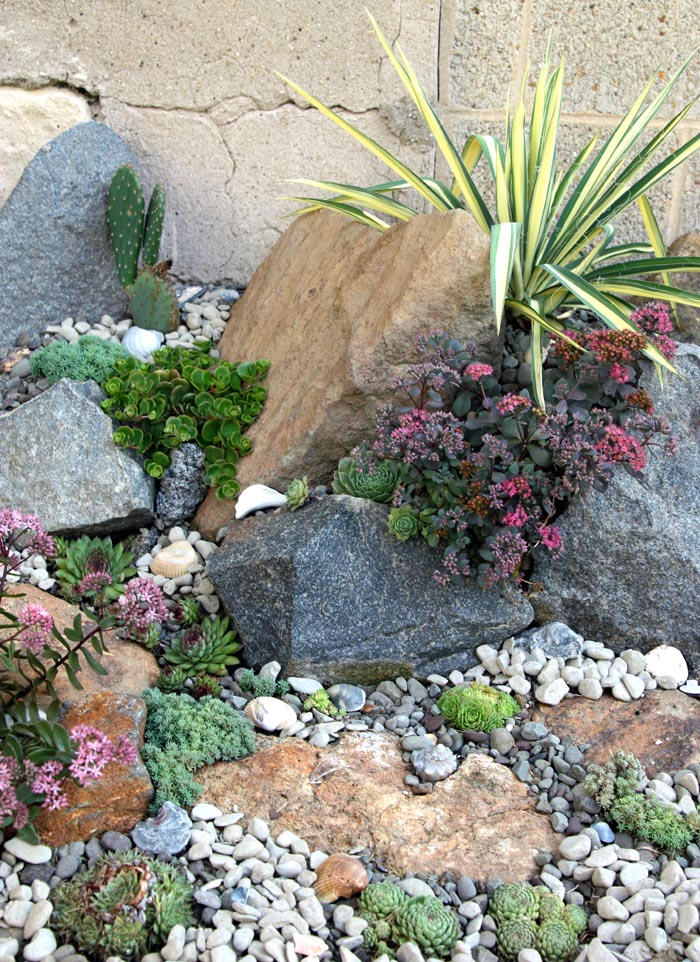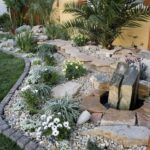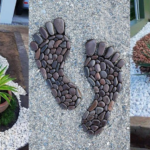A rock garden is a type of garden that features rocks and stones as the main elements in its design. This type of garden is typically used in landscapes where the soil is not suitable for growing plants or where the climate is harsh. Rock gardens can be both functional and aesthetically pleasing, providing a visually appealing space that requires minimal maintenance.
When designing a rock garden, it is important to consider the placement of rocks and stones. Rocks should be arranged in a natural-looking way, with varying sizes and shapes to create visual interest. Larger rocks can be used as focal points, while smaller rocks can be used to fill in gaps and add texture to the garden. It is also important to consider the color and texture of the rocks, as well as how they will complement the surrounding landscape.
In addition to rocks and stones, plants can also be incorporated into a rock garden design. Drought-tolerant plants such as succulents, cacti, and ornamental grasses are often used in rock gardens, as they require little water and maintenance. These plants can be planted in between rocks or in small pockets of soil to create a natural and cohesive look. It is important to choose plants that are suitable for the climate and soil conditions of the garden.
Another key element of rock garden design is the use of pathways and edging. Pathways can be made of gravel, stepping stones, or mulch, and can be used to define and separate different areas of the garden. Edging can be made of rocks, stones, wood, or metal, and can be used to create borders or boundaries within the garden. These elements help to create a sense of structure and organization in the garden, as well as provide practical benefits such as preventing erosion and creating a clean, polished look.
Maintenance is an important consideration when designing a rock garden. While rock gardens are generally low-maintenance, they do require some upkeep to keep them looking their best. Regular weeding, watering, and pruning are necessary to ensure that plants remain healthy and thriving. Rocks and stones should also be periodically cleaned and rearranged to prevent them from becoming overgrown or cluttered. With proper care and attention, a rock garden can continue to be a beautiful and enjoyable addition to the landscape for years to come.
In conclusion, rock gardens are a versatile and practical option for landscaping in areas with challenging soil conditions or climates. By carefully considering the placement of rocks and stones, incorporating plants that are well-suited to the environment, and using pathways and edging to create structure, a rock garden can be both visually appealing and functional. With regular maintenance and care, a rock garden can provide a beautiful and low-maintenance outdoor space for homeowners to enjoy.
 yishifashion Where Outdoor Dreams Become Reality
yishifashion Where Outdoor Dreams Become Reality
